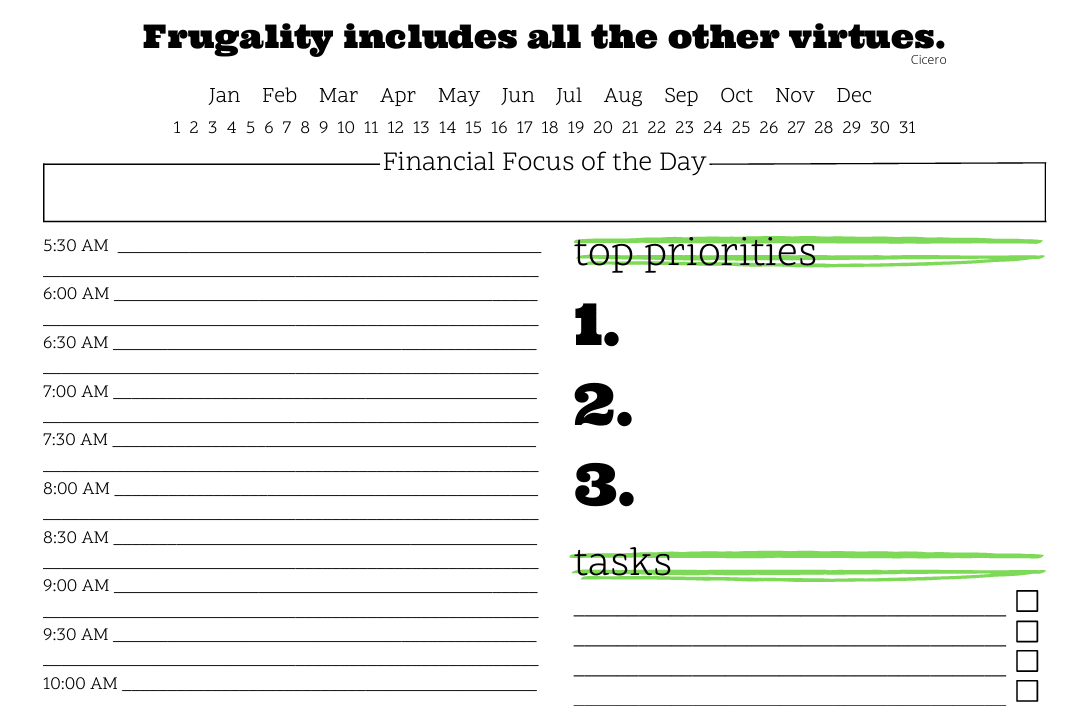This article may contain references to products or services from one or more of our advertisers or partners. We may receive compensation when you click on links to those products or services. Nonetheless, our opinions are our own.

Updated by Albert Fang
Whether you’re new to the world of investing or consider yourself a seasoned pro, you’ve probably come across the popular debate of Motley Fool vs Morningstar. Which one is better? Well, as is true for many things in the investing world, there isn’t any “right” answer. The best service for you will ultimately depend on your goals, risk tolerance, experience, and investing style. By the end of this article, you should have gained enough knowledge about both services to make an educated decision that matches your investment style. With that in mind, let’s begin our comparison!
A Brief History of Both
Having a history of success (or failure) speaks a lot for a company. While both services have been around for multiple decades, the seniority card definitely goes to Morningstar. Founded in 1984, Morningstar was offering financial services even before the popularity of the internet. In contrast, Motley Fool didn’t get started until 1993. Both companies have offered multiple services throughout the years; both have had their share of successes and failures. Neither is BBB accredited, but they’ve earned scores of “B” (Motley Fool) and “A-” (Morningstar) respectively.
Freebies
When comparing Motley Fool vs Morningstar, you might be wondering how much each platform can provide before you need to pay. In this regard, both platforms are similar, offering a wide variety of investing-related articles you can read for free. While the more detailed and instructive information is generally hidden behind a paywall, you’ll at least be able to get an idea of the type of content each platform provides for free. Motley Fool is easier for the average reader, approaching investing with a sense of humor. Morningstar is more cut and dry, forgoing humor in favor of industry-specific terminology and analytics.
Membership Costs
You’ll have many different packages and plans to view when comparing costs between these two platforms. To simplify this section, we’ll be focusing on the flagship offerings from each service. For Motley Fool, this would be their “Stock Advisor.” For Morningstar, it’s their “Premium Plan.”
- Motley Fool’s Stock Advisor only offers annual billing (at $199 per year). However, new subscribers can enjoy significant savings by using the link at the end of this article. Instead of paying $199, you’ll only need to pay $89 for your first year! If you’re worried about signing up and then not liking the service, we have good news: Motley Fool offers a 30-day money-back guarantee.
- The Morningstar Premium Plan will cost you $249 per year if you opt for annual billing. The obvious downside of this plan is you’ll need to pay for the entire year upfront. However, you’ll save 41% compared to the monthly billing option of $34.95 (which comes out to $419.40 per year). Fortunately, Morningstar allows new customers to test out their Premium Plan free for seven days, offering plenty of time for you to determine if the platform is right for you.
Advisory Services
It’s important to highlight advisory services in this Motley Fool vs Morningstar comparison. As we’ve mentioned, both services offer plenty of articles—both free and premium—that may offer stock suggestions. However, unlike Motley Fool, Morningstar merely presents data for its subscribers. You’ll still need to evaluate the data yourself; Morningstar doesn’t provide direct stock recommendations (although it does offer stock ratings & “Top Picks”). Motley Fool is a bit more beginner-friendly, offering specific stock picks each month. The company will give you the stock names, a bit of background information, and more for each pick.
Analytical Data
When it comes to analytical data, Morningstar is clearly the superior option. While Motley Fool does provide a decent amount of data for its stock picks, the data presented isn’t as accessible. Morningstar provides detailed breakdowns for a wide variety of assets, including stocks, bonds, ETFs, and mutual funds. You’ll have access to market data, historical data, expert analyses, and Morningstar’s “Top Picks.” For better or for worse, the immense quantity of data accessible on Morningstar can be overwhelming for beginner investors. However, the comprehensive asset breakdowns will be incredibly useful for more advanced investors, particularly those who enjoy active trading.
The Main Takeaways: Motley Fool vs Morningstar
If you’re new to the world of investing—or just prefer a more “hands-off” approach—then Motley Fool’s Stock Advisor is likely the best service for you. Using the handpicked stock recommendations each month, you’ll be able to establish a strong portfolio while learning the ins and outs of investing (with less risk than taking the DIY approach). Alternatively, more experienced investors—or those who rely heavily on cumulative data when making investment decisions—will get the most out of Morningstar. With decades of data at your disposal and expert asset analyses to boot, Morningstar makes it easy to expand and capitalize on your existing investing knowledge.
No matter which platform you decide to go with, it’s always important to save money where possible. Enjoy exclusive savings on Motley Fool or Morningstar today!

Reviewed and edited by Albert Fang.
See a typo or want to suggest an edit/revision to the content? Use the contact us form to provide feedback.
At FangWallet, we value editorial integrity and open collaboration in curating quality content for readers to enjoy. Much appreciated for the assist.
Did you like our article and find it insightful? We encourage sharing the article link with family and friends to benefit as well - better yet, sharing on social media. Thank you for the support! 🍉
Article Title: Motley Fool vs Morningstar: Which Service is Best for Your Investing Style?
https://fangwallet.com/2022/10/26/motley-fool-vs-morningstar-which-service-is-best-for-your-investing-style/The FangWallet Promise
FangWallet is an editorially independent resource - founded on breaking down challenging financial concepts for anyone to understand since 2014. While we adhere to editorial integrity, note that this post may contain references to products from our partners.
The FangWallet promise is always to have your best interest in mind and be transparent and honest about the financial picture.
Become an Insider

Subscribe to get a free daily budget planner printable to help get your money on track!
Make passive money the right way. No spam.
Editorial Disclaimer: The editorial content on this page is not provided by any of the companies mentioned. The opinions expressed here are the author's alone.
The content of this website is for informational purposes only and does not represent investment advice, or an offer or solicitation to buy or sell any security, investment, or product. Investors are encouraged to do their own due diligence, and, if necessary, consult professional advising before making any investment decisions. Investing involves a high degree of risk, and financial losses may occur including the potential loss of principal.
Source Citation References:
+ Inspo











































